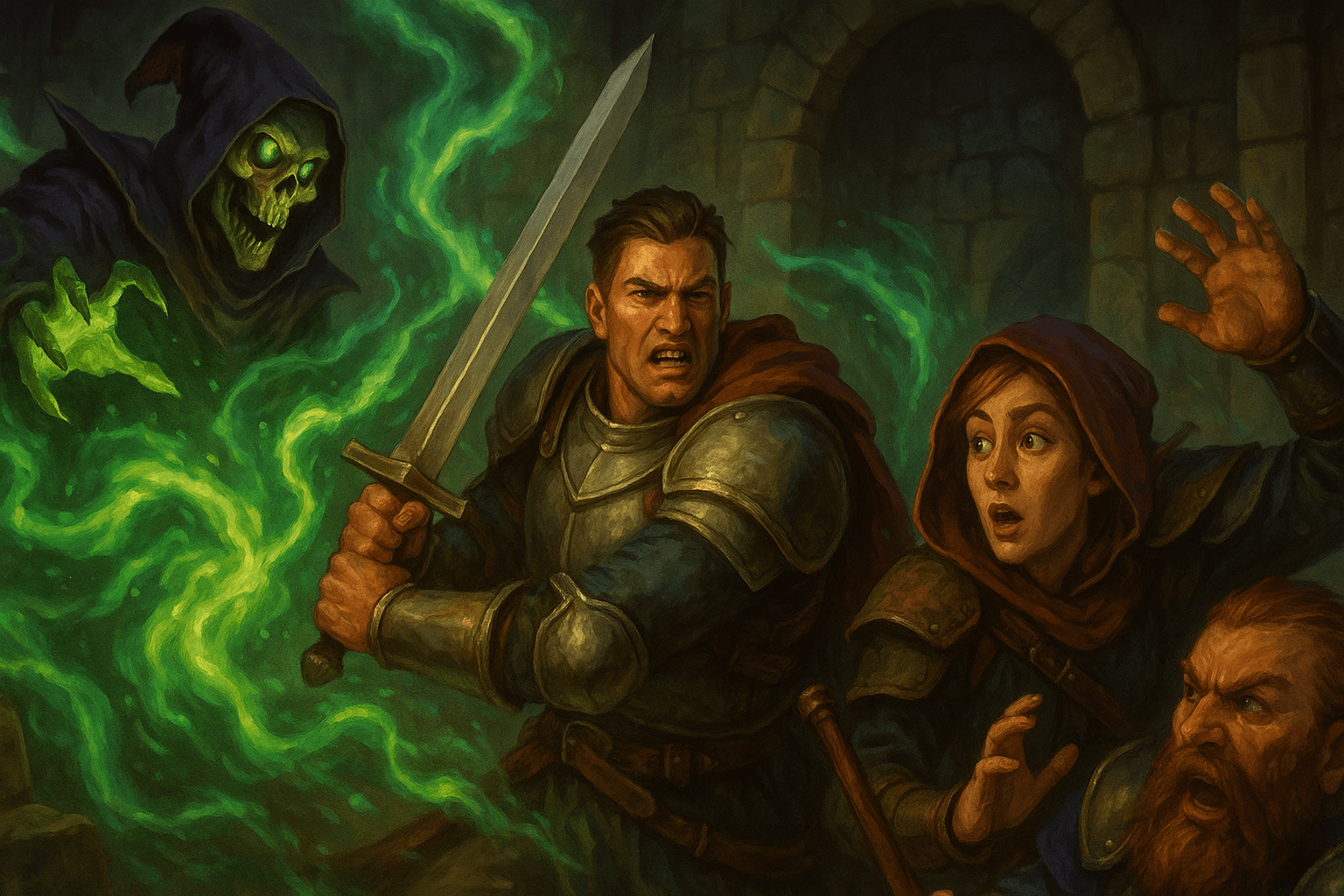
Understanding Saving Throws in D&D 5e: Your Guide to Surviving Spells, Traps, and Danger

When fireballs explode, poison seeps through the air, or a basilisk’s eyes lock onto you, your best hope for survival often lies in a saving throw. In Dungeons & Dragons 5e, saving throws (or “saves”) represent your character’s ability to resist harmful effects, from magical spells to environmental hazards and deadly monster abilities.
Whether you're new to D&D or want a deeper grasp of the game’s mechanics, this guide will walk you through everything you need to know about saving throws in 5e, what they are, how they work, who’s best at them, and how to boost your odds when the dice hit the table.
What Is a Saving Throw in D&D 5e?
A saving throw is a roll you make when your character is exposed to a dangerous effect. Think of it as your last chance to avoid damage, debuffs, or dire consequences.
You’ll be prompted to make a saving throw when:
- A spell like fireball or hold person targets you
- You trigger a trap or magical glyph
- A creature uses a breath weapon or special ability (like a dragon’s fire or a ghoul’s paralysis)
The Dungeon Master (DM) will tell you what kind of save to make and the Difficulty Class (DC) you must beat.
Saving throws decide whether the trap snaps shut or you walk away. Pick Dungeons & Dragons dice that read fast so every CON check, DEX tumble, and WIS resist stays crisp.
Tip: Keep a high-contrast handcrafted resin dice set for quick reads, a premium gemstone dice set for clutch DCs, and a metal DND d20 reserved for tense death saves.
The Six Types of Saving Throws
Just like ability checks, saving throws in D&D 5e are based on your six ability scores:
| Saving Throw | What It Represents | Common Uses |
| Strength | Resisting being moved or restrained | Grapples, shoves, magical force |
| Dexterity | Dodging or avoiding area effects | Fireballs, traps, falling rocks |
| Constitution | Resisting poison, disease, exhaustion | Toxins, cold environments, concentration checks |
| Intelligence | Resisting illusions or mental manipulation | Phantasmal Force, psychic blasts |
| Wisdom | Maintaining awareness and mental resolve | Hold Person, charm, fear |
| Charisma | Withstanding possession or banishment | Banishment, Dominate Monster |
Each class is proficient in two saving throws, these are the ones you’re naturally better at.
Saving Throw Proficiencies by Class
Your class determines which saving throws you’re proficient in. Here’s a quick breakdown:
| Class | Saving Throw Proficiencies |
| Barbarian | Strength, Constitution |
| Bard | Dexterity, Charisma |
| Cleric | Wisdom, Charisma |
| Druid | Intelligence, Wisdom |
| Fighter | Strength, Constitution |
| Monk | Strength, Dexterity |
| Paladin | Wisdom, Charisma |
| Ranger | Strength, Dexterity |
| Rogue | Dexterity, Intelligence |
| Sorcerer | Constitution, Charisma |
| Warlock | Wisdom, Charisma |
| Wizard | Intelligence, Wisdom |
Tip: Characters with high Constitution or Dexterity often survive longer—those saves come up a lot!
How Saving Throws Work: Step-by-Step
- DM Calls for a Save: For example, “Make a Dexterity saving throw. DC 15.”
- Roll a d20: Add your saving throw modifier (based on your ability score and proficiency, if applicable).
- Compare to the DC: If your result is equal to or greater than the DC, you succeed and avoid the effect, or reduce its impact. If not, you fail and suffer the consequences.
Example: A Rogue with +6 to Dexterity saving throws rolls a 12. That’s an 18 total, success against a DC 15 fireball. Half damage, or none with Evasion!
Common Spells and Effects That Use Saving Throws
Here are some frequently encountered threats and the saves they usually require:
- Dexterity – Fireball, Lightning Bolt, Cone of Cold
- Constitution – Poison Spray, Blight, Contagion
- Wisdom – Hold Person, Fear, Dominate Beast
- Intelligence – Phantasmal Killer, Mental Prison
- Charisma – Banishment, Command, Dispel Evil and Good
Understanding which saves show up most often can help you plan your character’s defenses more wisely.
How to Boost Your Saving Throws
Want to improve your odds when danger strikes? Here are several ways to boost your saving throws in D&D 5e:
1. Increase Your Ability Scores
Higher ability modifiers directly improve saves. A Constitution score of 18 gives you a +4 bonus to those checks.
2. Multiclass for Proficiencies
Taking a level in another class can give you proficiency in different saving throws. Fighters and Paladins are popular choices for their Constitution and Charisma saves.
3. Feats That Help
- Resilient (PHB): Grants +1 to a stat of your choice and proficiency in its saving throws.
- Lucky (PHB): Reroll saving throws up to three times per long rest, great for avoiding disasters.
- Alert (PHB): Not directly for saves, but can help you avoid surprise rounds that may require early saves.
4. Class Features
- Paladin’s Aura of Protection: Add the Paladin’s Charisma bonus to all saving throws within 10 feet.
- Monk’s Diamond Soul: Grants proficiency in all saving throws at level 14—absolutely game-changing.
- Rogue’s Evasion and Slippery Mind: Helps avoid damage from Dexterity saves and grants proficiency in Wisdom saves.
Legendary Saves and NPC Mechanics
When fighting legendary creatures like dragons or liches, you may notice they “choose” to succeed on a saving throw. That’s a Legendary Resistance, which lets them automatically succeed a few times per day.
As a player, you won’t have that luxury—so every roll counts.
Concentration Checks: A Special Case
Spellcasters who maintain spells like Bless or Fly need to make Constitution saving throws to keep concentration if they take damage. The DC is either 10 or half the damage taken, whichever is higher.
Fail the check, and the spell drops. That’s why high Constitution and proficiency can make or break a caster build.
Tips for Players and DMs
For Players:
- Know your strong and weak saving throws so you can plan accordingly.
- Ask your DM which ability the save is based on, don’t assume!
- Positioning matters: avoid AoEs and traps that force common saves like Dex.
For DMs:
- Use a variety of saving throws to challenge the party.
- Don’t overuse one type, mixing saves makes encounters more dynamic.
- Reward smart play (e.g., cover from a fireball, strategic retreats) with advantage or lowered DCs.
Conclusion: Survive and Thrive With Better Saving Throws
In the unpredictable world of Dungeons & Dragons 5e, saving throws are a lifeline. They are the shield that protects your character from fire, fear, poison, charm, and mind-bending magic. Whether you are dodging a trap or resisting a banishment spell, knowing how saving throws work and improving your weak spots can mean the difference between victory and defeat.
Next time your DM calls out, “Make a saving throw,” you’ll be ready to grab your d20 with confidence.
What was the most intense saving throw your character ever had to make? Share your story in the comments below and let us know what dice set you trust when the stakes are highest.


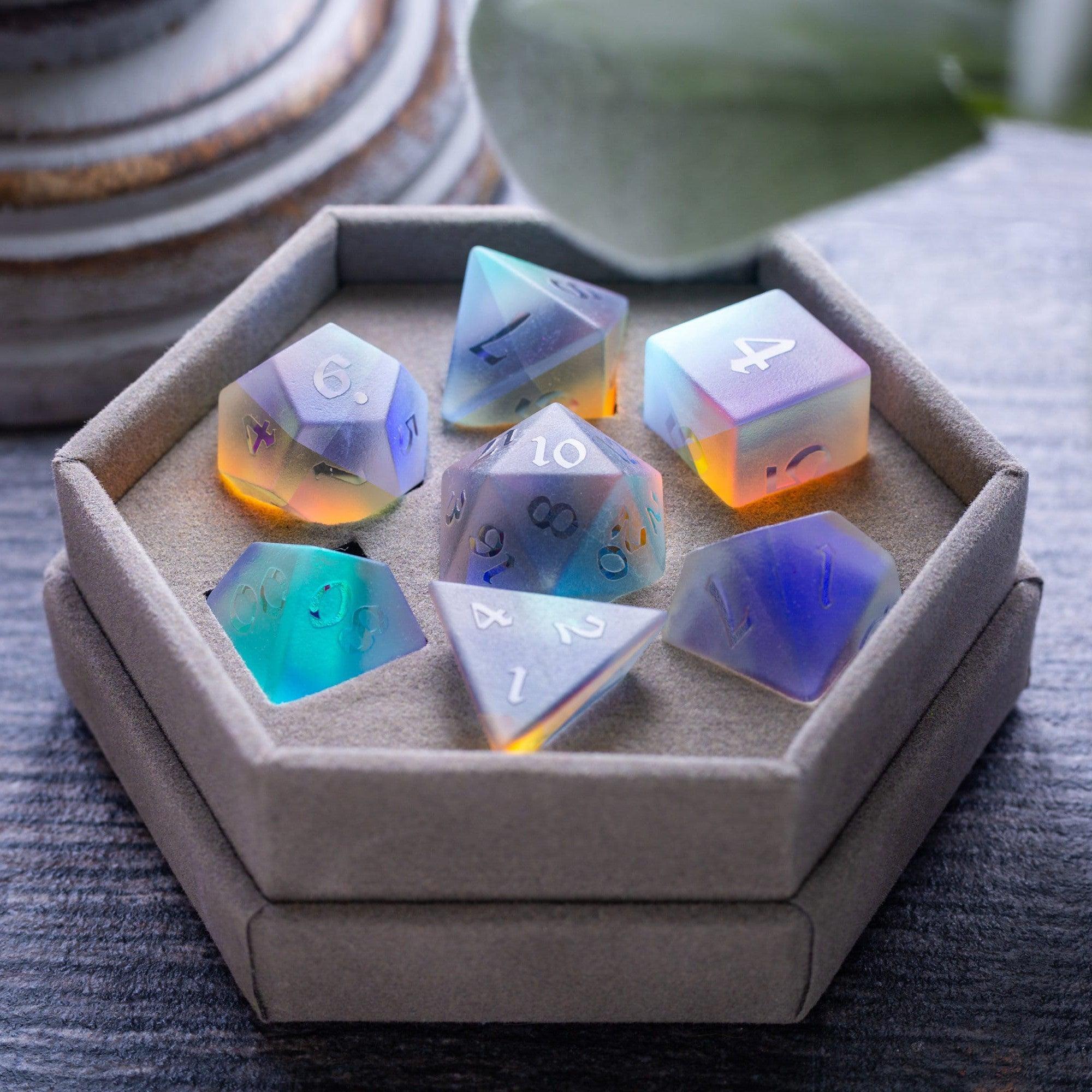
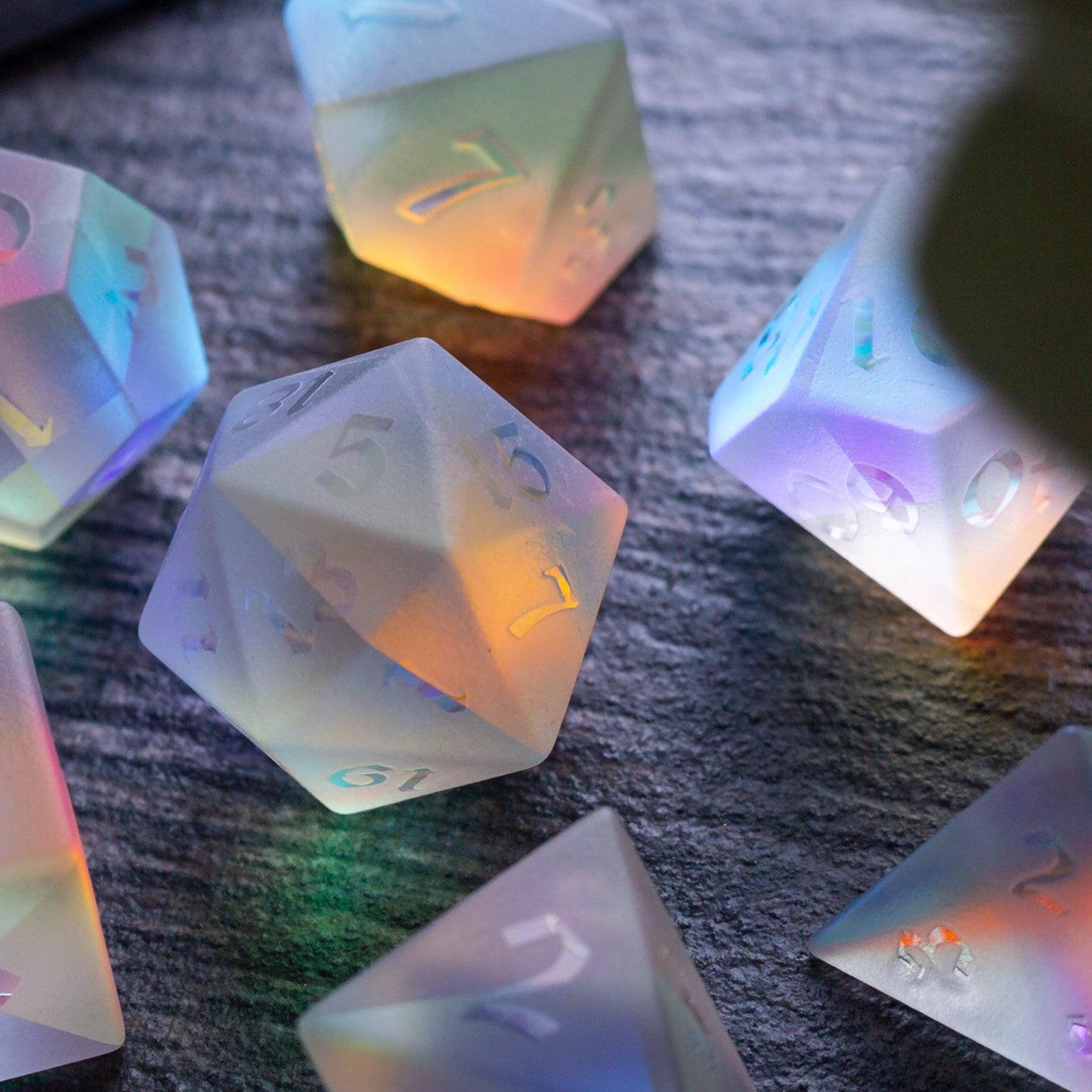
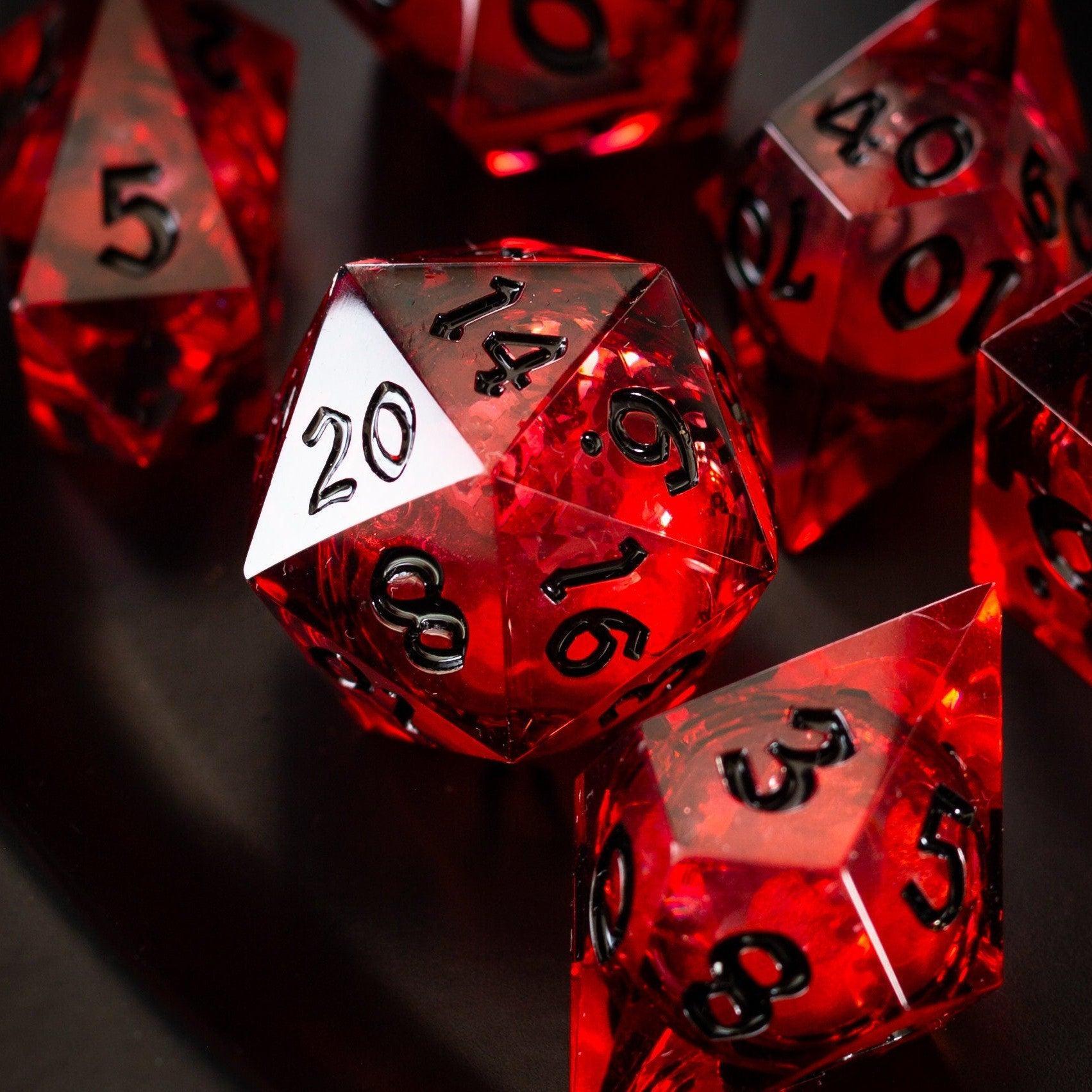
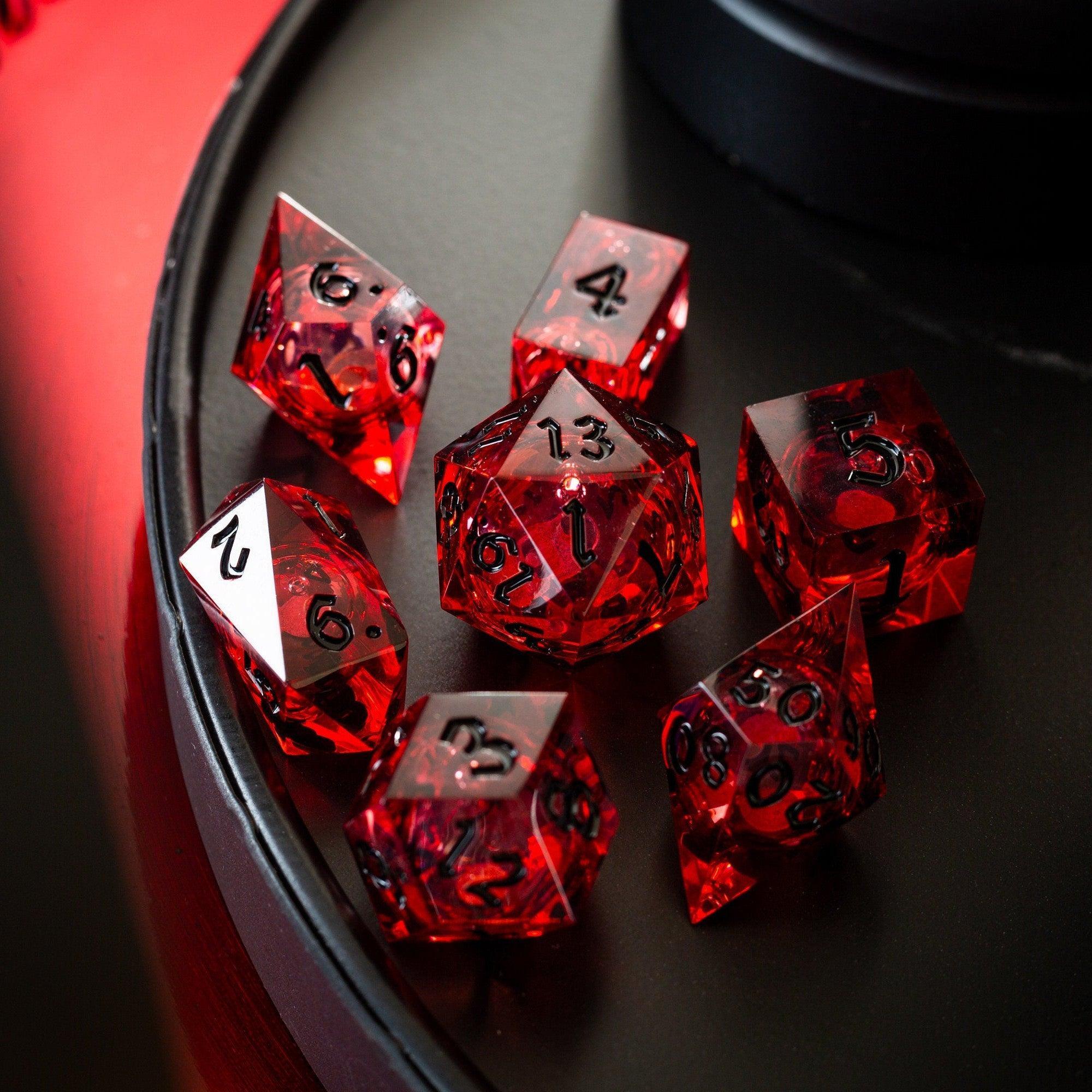
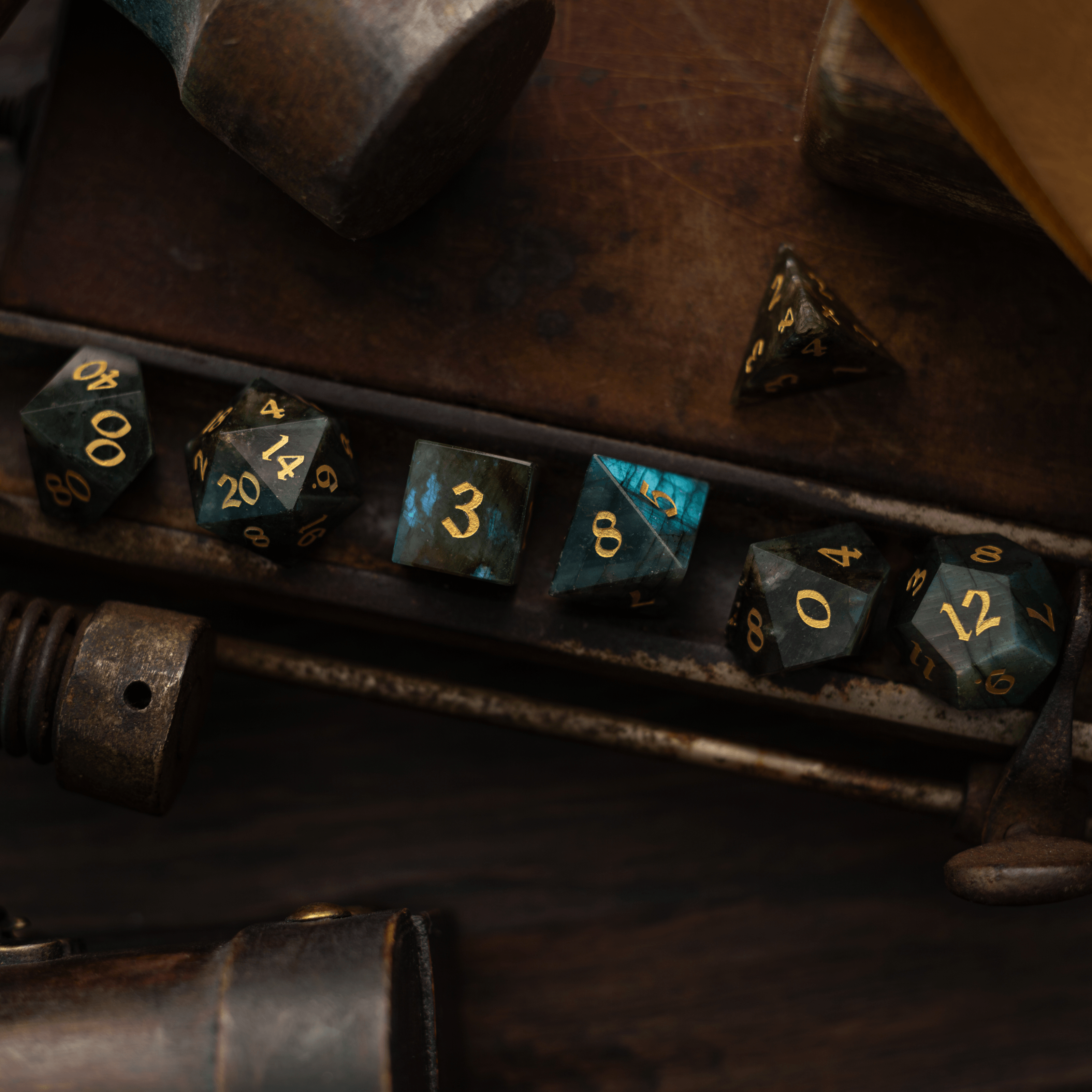
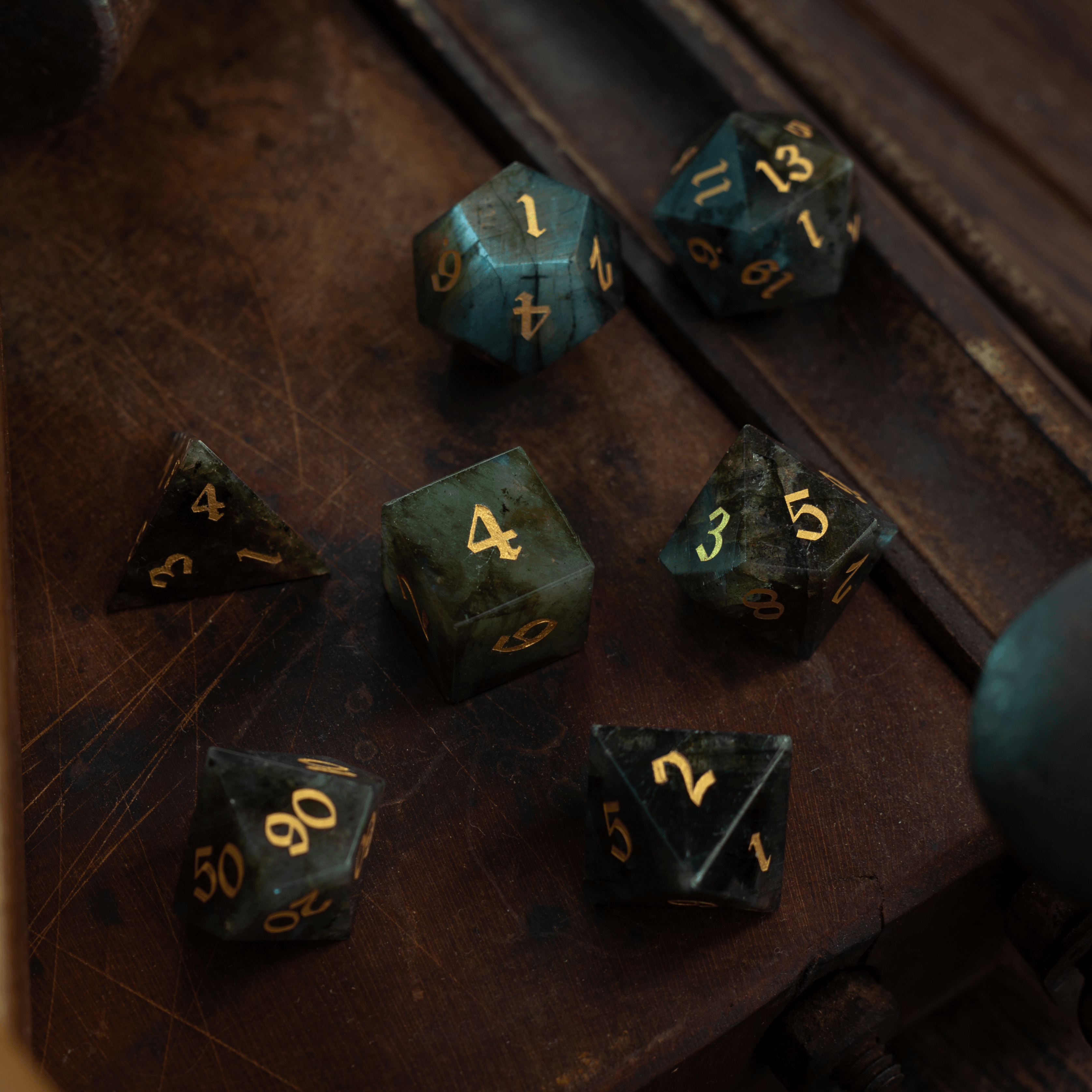
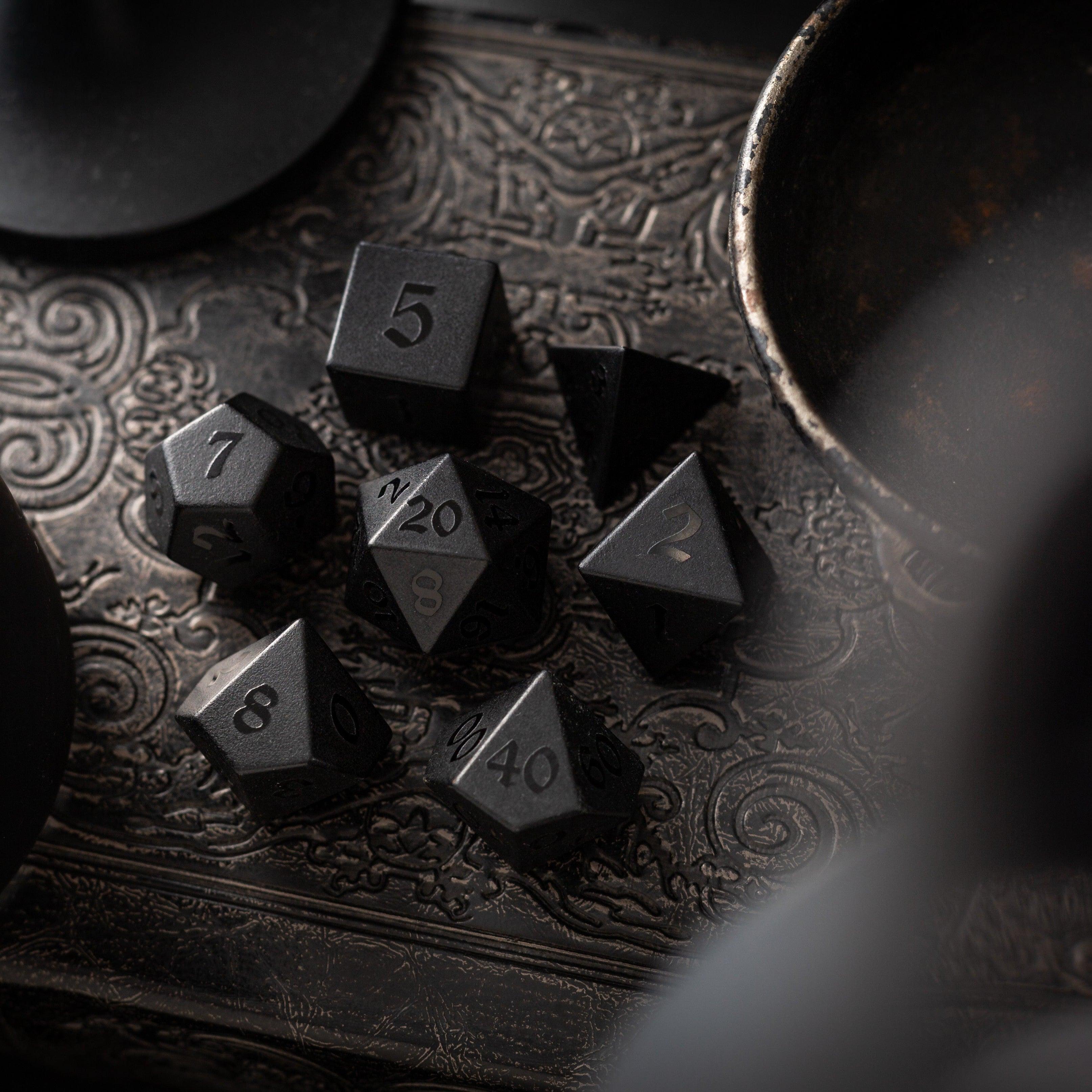
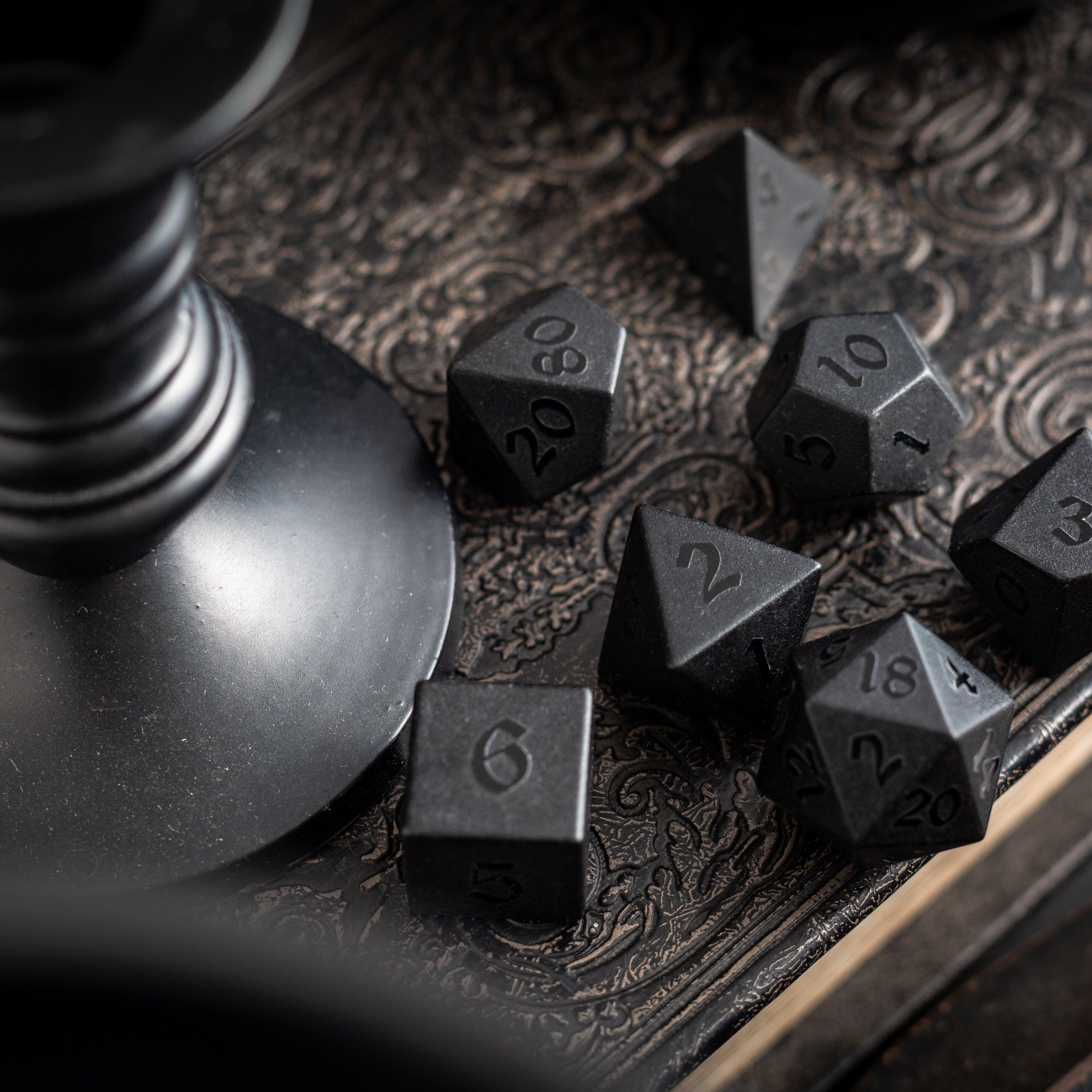
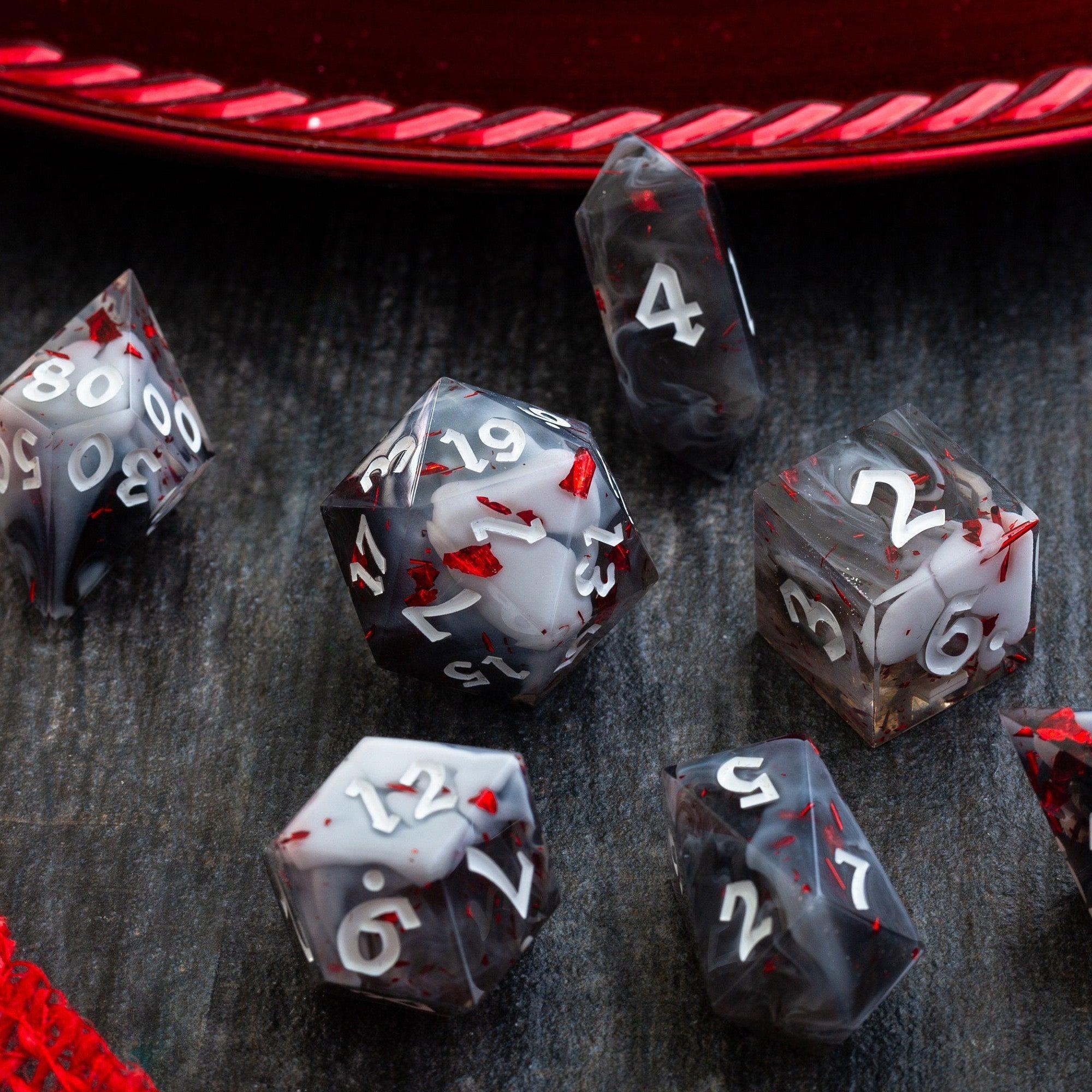
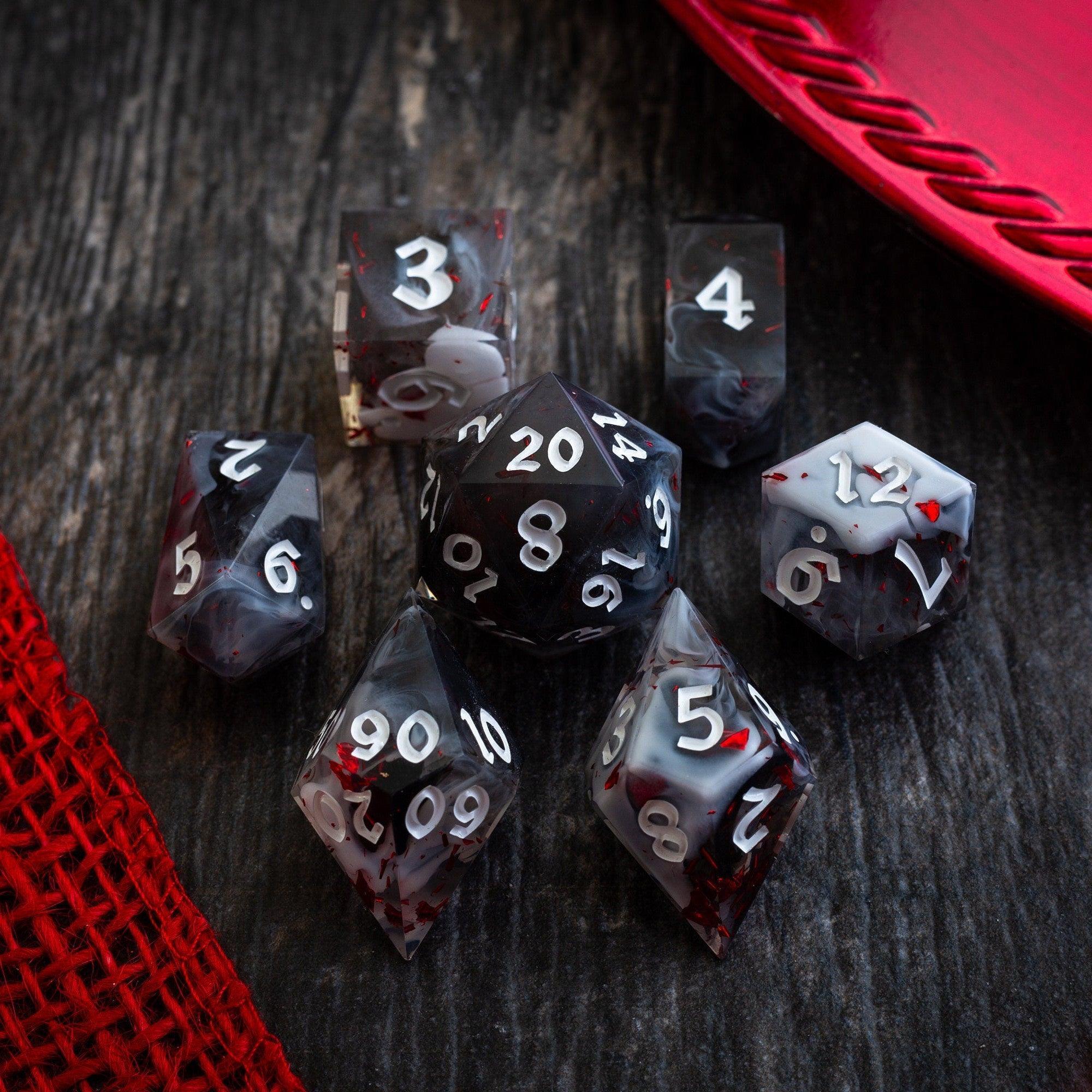
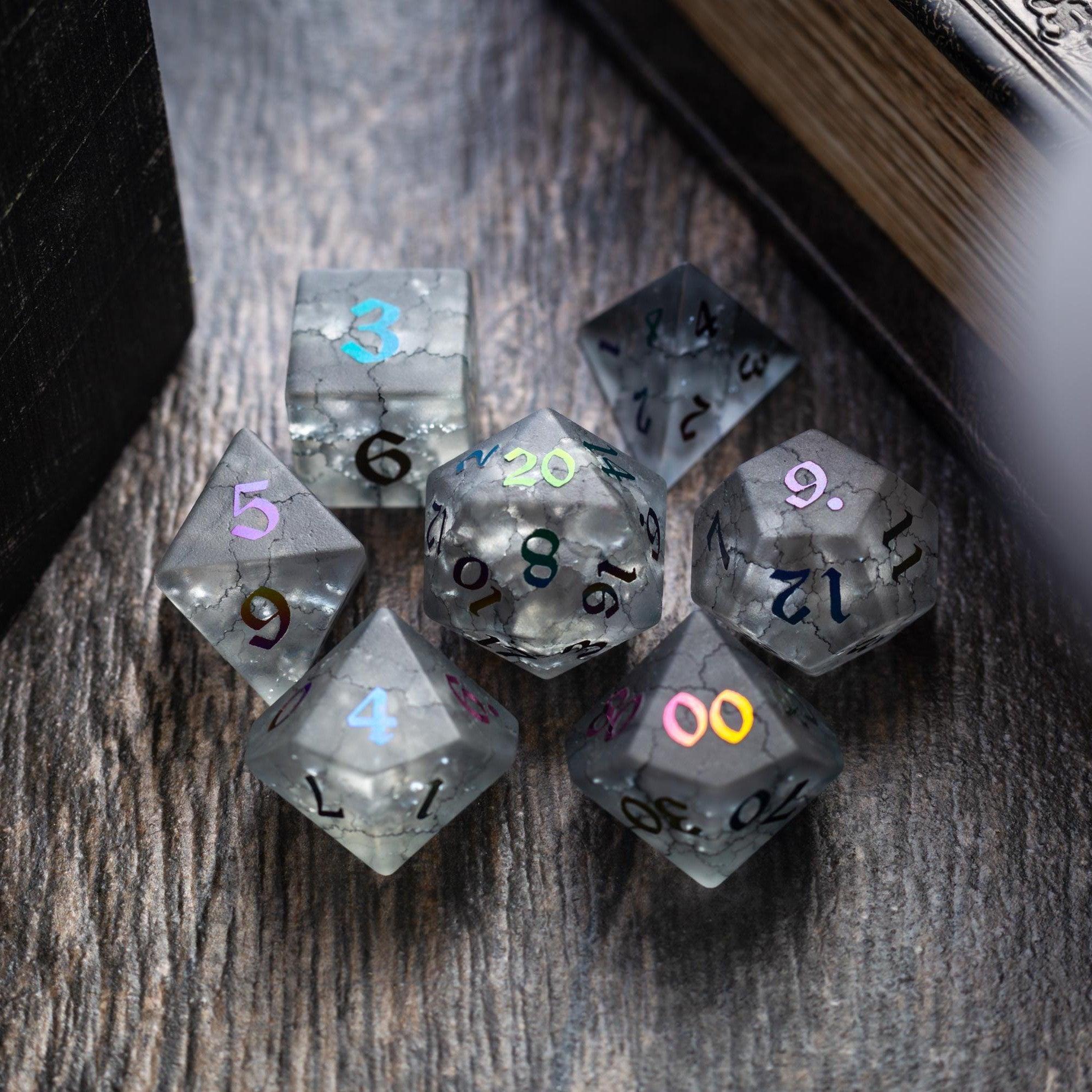
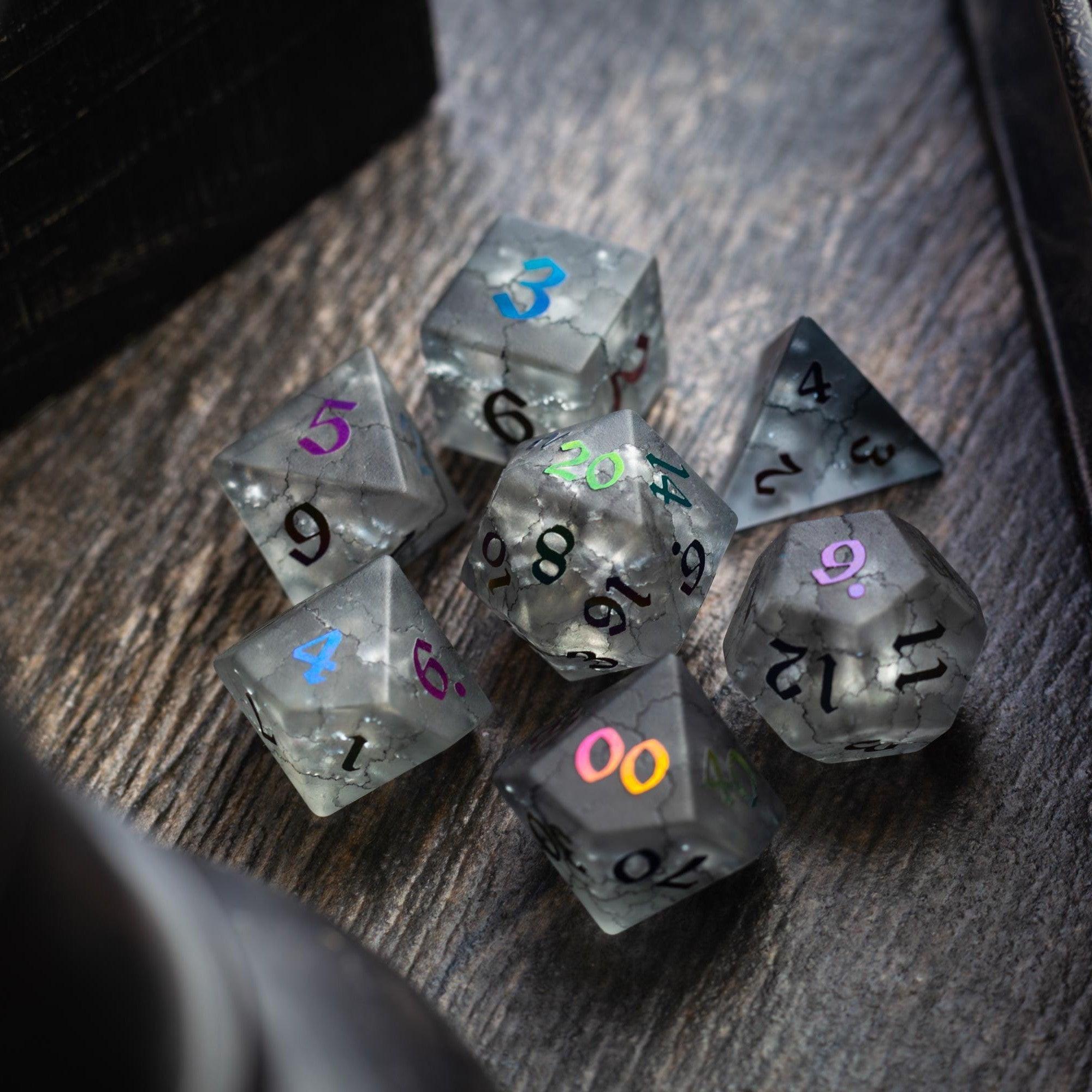
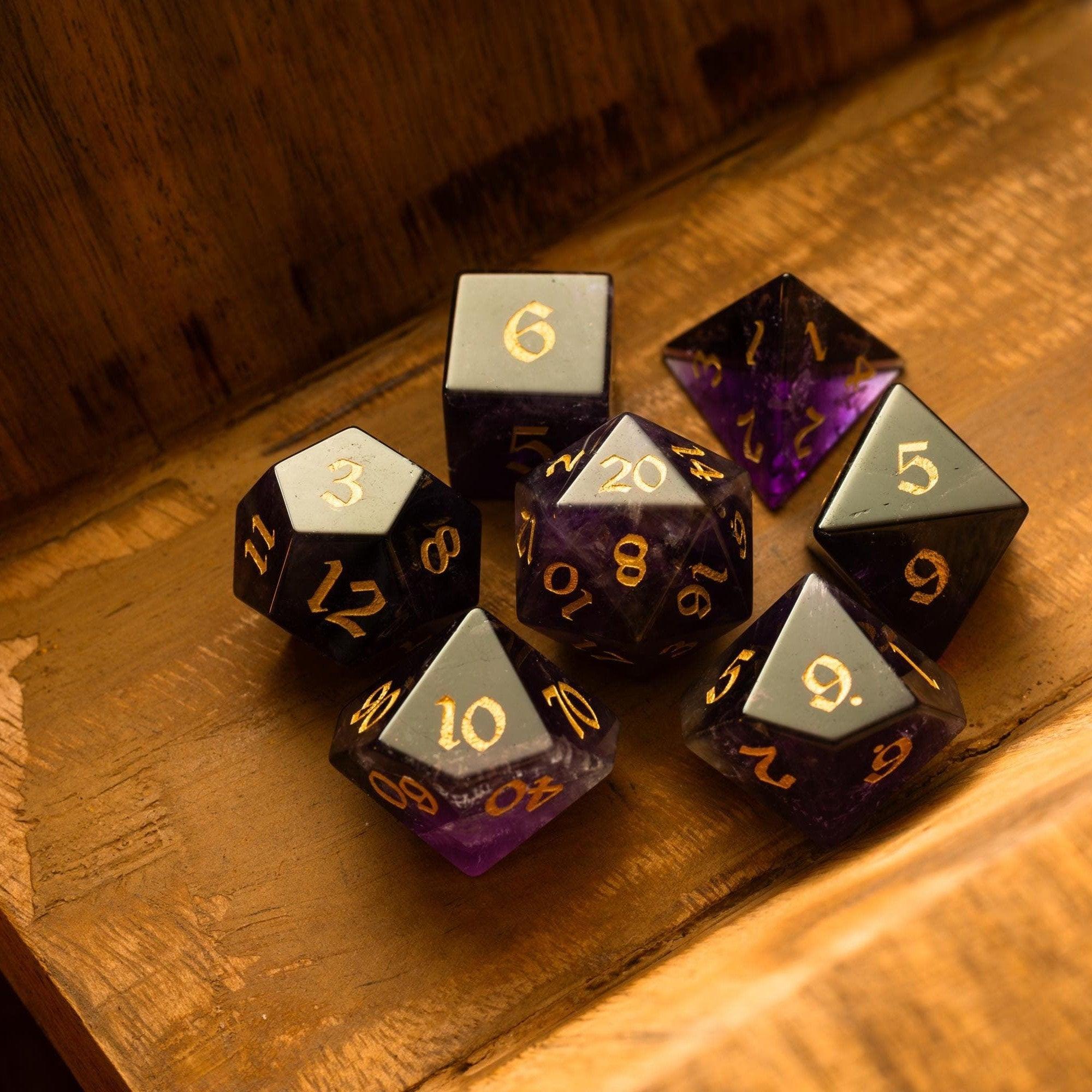
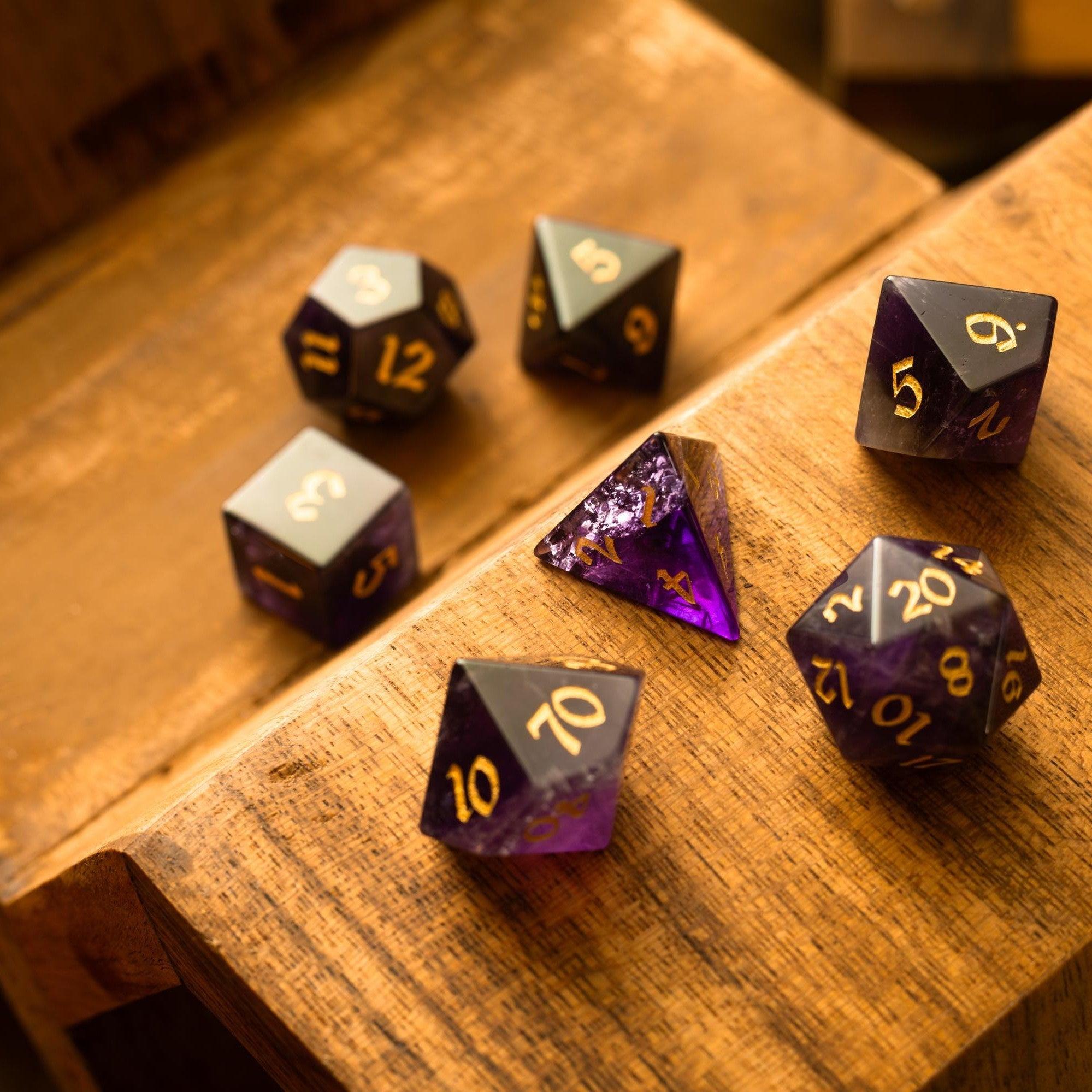
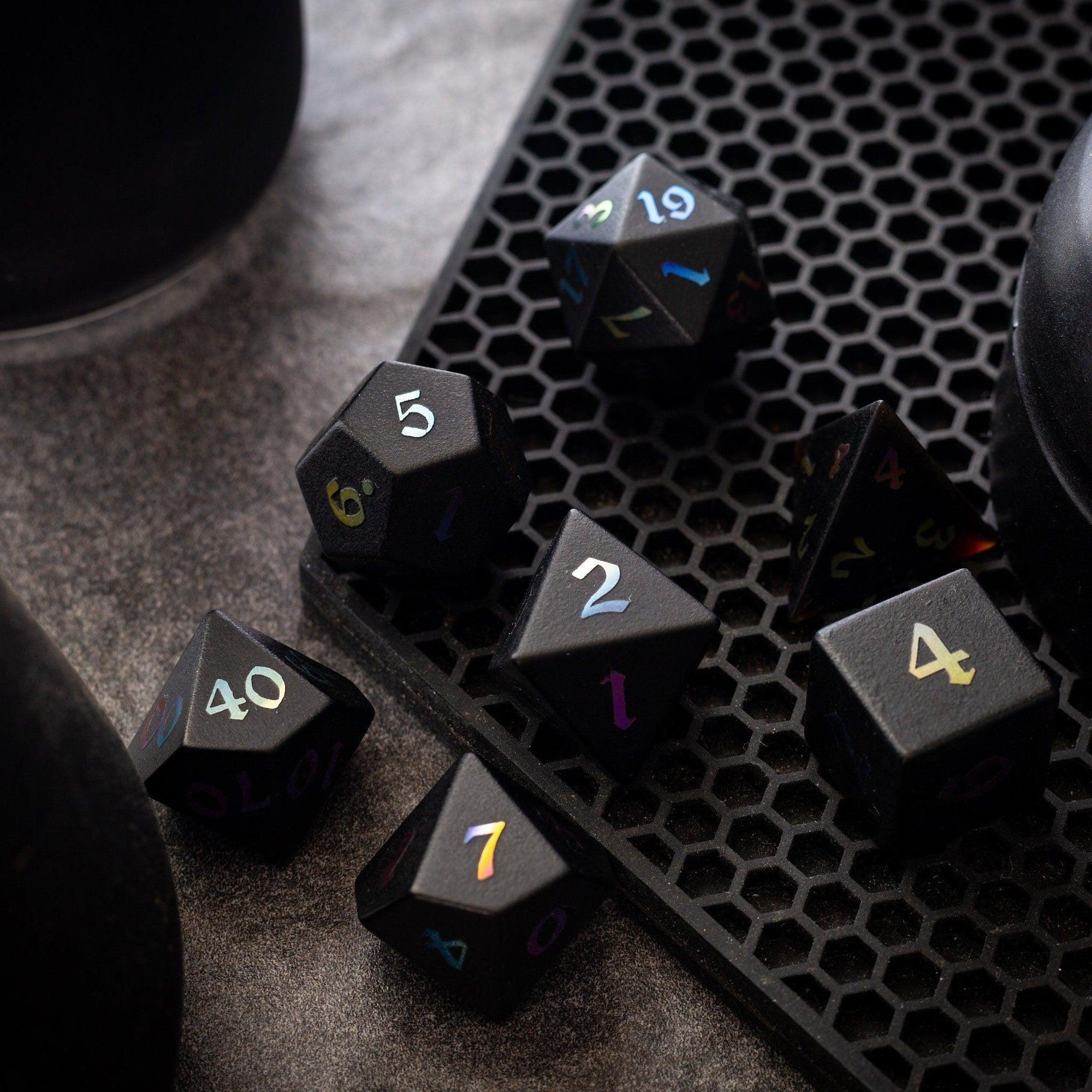
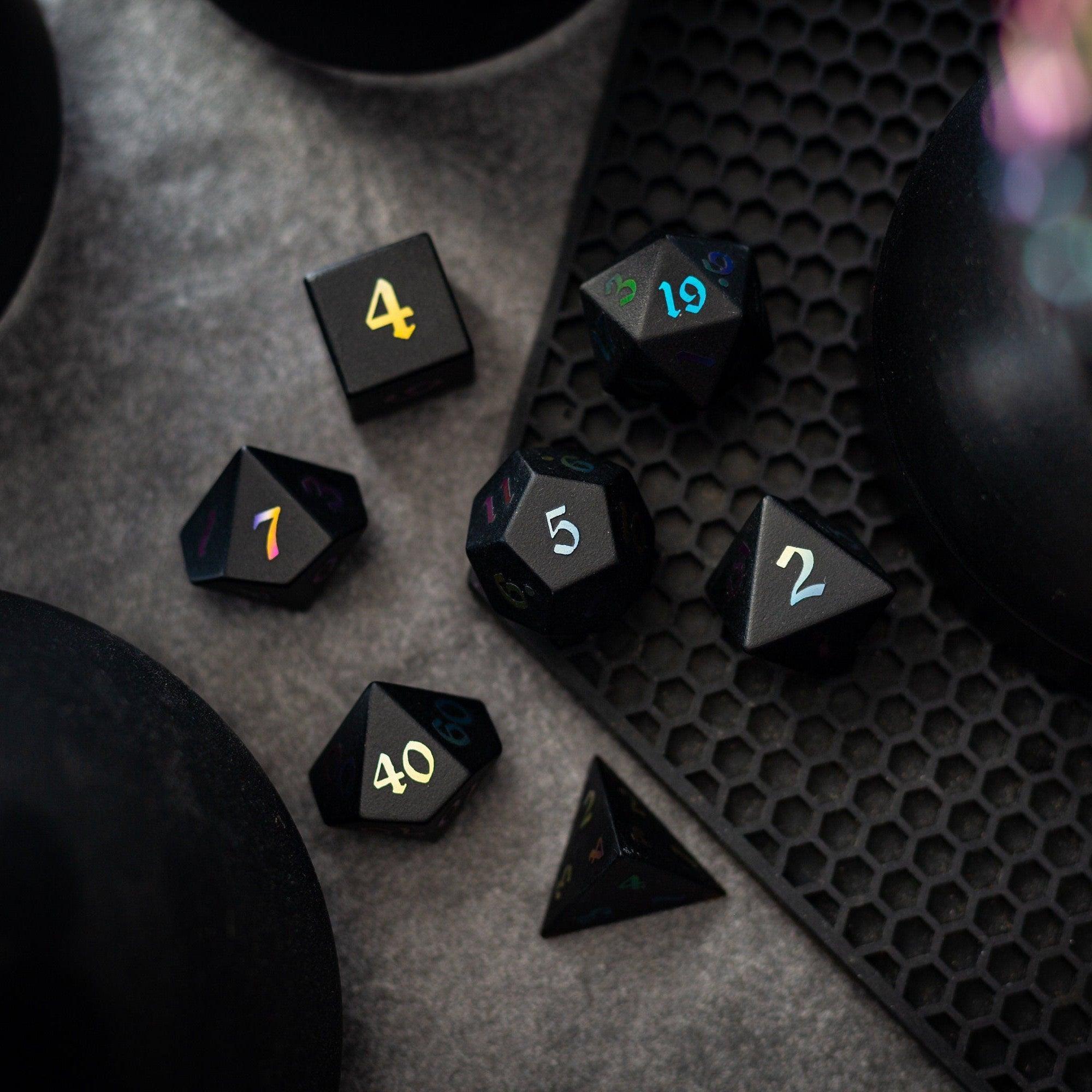
Leave a comment
This site is protected by hCaptcha and the hCaptcha Privacy Policy and Terms of Service apply.